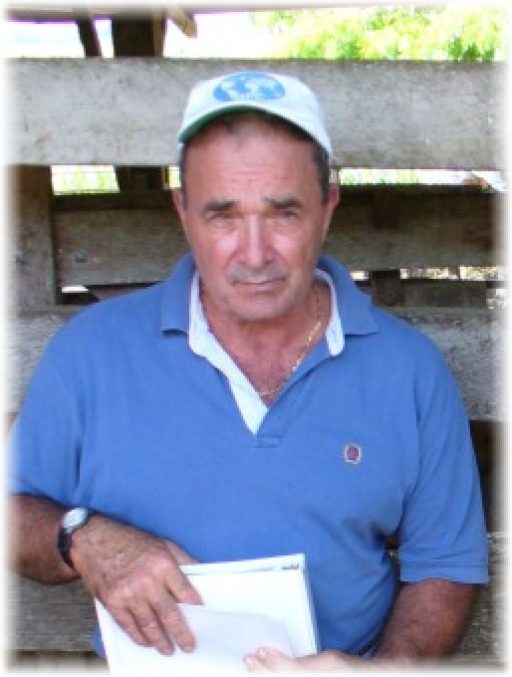
Recently Rated:
Who Names and Classifies Cocoa Beans?
I am at a loss to understand the rational and legitimacy of the creation of special names for cacau beans. I frequently see the use of Arriba, Porcelana, Chuao, Cuyagua, Dom Homero, etc. Although I am in the business of producing cacau beans I am struggling to understand which of the three types of cacau are being referenced. Is there someone out there able to provide a chart or document that identifies the "advertised name" with one of the three recognized types. I've almost concluded that it is fair game to create something that lends credence to our beans....."Heavenly Aroma", "Incredible color", etc. It's difficult to know whats actually being offered and I am sure that there are many sales made that utilize some acronym because it implies origin when in fact it's simply propaganda.

Jim:A very good question.One of the (many) differences between chocolate and other gourmet foods is that there is no widespread government support for "appellations." For example, in order to legally use the word champagne to describe a sparkling wine the grapes must be of a certain type, grown in certain locations in France (only!), and the process followed - the methode champenoise - is specific.Chocolate is different because very little of it is manufactured at the point of origin of the beans - unlike all the other foods that are covered by an appellation (AOC (France), DOC (Italy), etc.The only legally constituted appellation in cacao that I am aware of is Chuao. The rest of the names are a mishmosh of origins and arose historically or through a modern marketing program.Arriba is the name given to the flavor of a specific bean - Nacional. It comes from cacao traders being told to "go" upriver (the Guayas) - arriba - to go to where the beans could be purchased.Porcelana refers to a visual characteristic of a bean (the bean is white or very pale purple) that was also applied to the sub-species of tree that produced the white beans. Porcelana is a sub-type of criollo cacao and the word comes from the Spanish word for porcelain (which is white).Chuao, Cuyagua, Ocumare, Maracaibo, etc., are the names of geographic areas where beans are grown. Some - like Maracaibo - cover a fairly large swath of terrain (Sur del Lago means "by the lake (Lake Maracaibo). Others geo names are very specific, e.g., Hacienda Elvesia, which refers to a single owner's holdings in the Dominican Republic outside the small town of El Valle. Not all growing areas have names. Carenero is a small region in the northern part of Miranda State (it may be in the area known as Barlovento but my geography is hazy on this point) in Venezuela. Directly to the south, outside of the town of Rio Chico, a great deal of cacao is grown (and, in fact, this area is the home to La Ruta del Chocolate (the chocolate route) and the Hacienda Concepcion, one of the first modern estate cacaos) - though most of the cacao grown in this area does not have a specific geographic name to it.CCN51 refers to a specific hybrid. The majority of hybrid names (e.g., Scavinia69) are not known outside the professional community.Homero is an attempt to apply a descriptive name to a bean type/region that heretofore did not have a name. It's a marketing program designed to differentiate a specific cacao.And it's not a bad idea although I personally would prefer the use of geographic names or names based on a visual or other physical property of cacao.Brasil is in an interesting position at the moment. In the 1980s Brasil was a net exporter of cacao and one of the larger producers in the world. Now that the crop is starting to rebound after the devastation of witches broom, it would make a lot of sense for farmers like yourself, working on conjunction with the state (Bahia, right?) and national governments to establish an appellation system -- and enforce it. This would help establish the source of the cacao with Brasil firmly in buyers' and consumers' minds which should have a positive effect on prices once the name is firmly linked to a quality product.Esmeralda is a province in Ecuador and Domori produced an Esmeraldas bar from cacao grown there. There is no reason why there isn't a "Bahia" growing region ("certified origin Bahia cacao") with sub-districts within the larger designation. So Fazenda Venturosa could become known for producing a particularly excellent "Bahia" cacao and over time, "Bahia Itabuna Superior Venturosa" could become a trusted source quality cacao coming from Brasil.